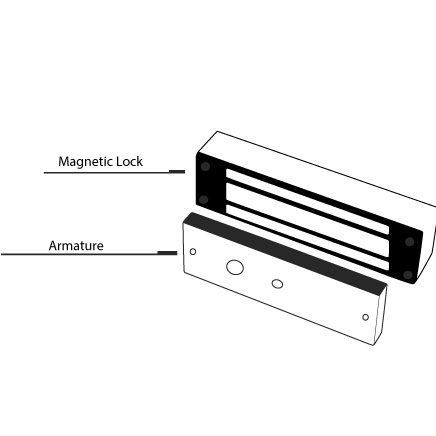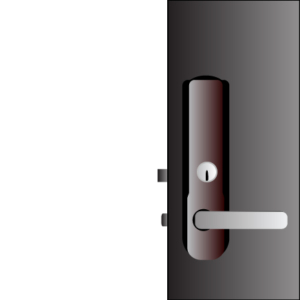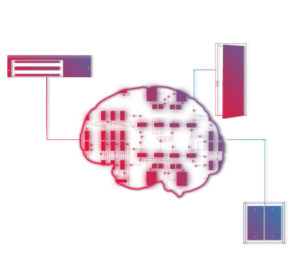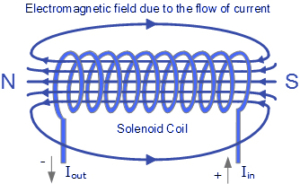-
Uninterruptible Power Supply
Electromagnetic locks consist of an armature and a coil assembly, which become magnetized when an electric current passes through them. When the magnet is energized, it bonds to the armature and locks the door. To allow access or egress, a switch must be provided to de-energize the magnet. To unlock the door, simply remove power. Electromagnetic locks are fail-safe by design. (Fail-safe means that if the power goes off the door will be unlocked). Therefore they require a UPS (Uninterruptible Power Supply) to remain locked during the power failure.
Security
Using magnetic locks in conjunction with standard locks may be the most secure option.
Diversity
Electromagnetic locks are used to secure the door in conjunction with push bars, request-to-exit devices or credential readers for fail-safe applications when code compliance permits.
Solutions
These locks are often the ideal solutions for:
• Emergency exits, fire doors or openings where the exit m• * * Single standalone doors
• Doors that require a basic and/or inexpensive level of security and access control
• Glass doors that need to electronically control access
• Special features/functionality
• Delayed egress of 15 or 30 seconds
• Capability to work with access control systems that will provide access and egress
• Plus version of magnetic locks offer switches, such as DSM and MBS, to allow magnetic locks to function in interlock set-ups
Magnetic Force
Electromagnetic locks use magnetic force and thus do not require a mechanical latch bolt to lock the door. This makes them very suitable for emergency and fire exits. In case of emergency, electromagnetic locks automatically release the doors upon power cutoff. There is no concern over the door unable to be opened due to mechanical failure.
Applications
• Inner office door by a receptionist behind a window or desk. To release the door, he or she merely has to press a button under the desk.
• Employees enter a workplace through a common door equipped with a card reader.
• Dormitory room and bathroom applications where there can be privacy but someone has the authority to open in an emergency.
• A laboratory room where at night the deadbolt can be thrown but in an emergency the door can be unlocked
• Electric lock is fail safe and when the power of the building is cut, the designated doors are unlocked.
• Nursing home rooms offering privacy but in emergency the door can be unlocked.





